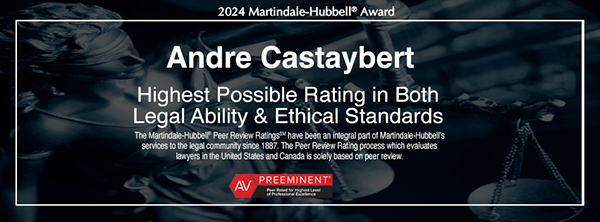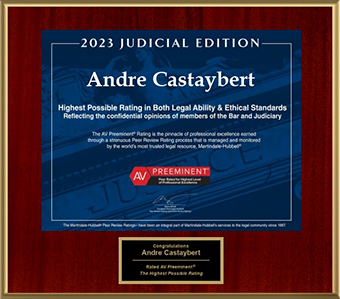Ninth Circuit finds that Thyssen-Bornemisza can keep Pisarro painting sold under Nazi duress
January 17, 2024
On January 9, 2024, the U.S. Court of Appeals for the Ninth Circuit decided that Madrid’s Thyssen-Bornemisza museum (TBC Foundation) rightfully owns Camille Pissaro’s painting “Rue Saint Honoré, après midi, effet de pluie” (“Rue Saint Honoré, Afternoon, Rain Effect”). The artwork was stolen by the Nazis in 1939 from Lilly Cassirer, who was forced to sell it for 900 Reichsmarks (around $360) to pay the flight tax to escape Nazi Germany. As described in a recent Sullivan & Worcester blog post detailing the case and the Ninth Circuit’s ruling, the Pissaro passed through several owners until 1993, when the TBC museum bought the painting from Baron Hans Heinrich Thyssen-Bornemisza, where it has been on display since.
The lawsuit, initiated in 2005 by Cassirer’s heirs against Spain and the TBC Foundation as an “instrumentality” of Spain, invoked the Foreign Sovereign Immunities Act (FSIA). The FSIA outlines the exclusive conditions allowing a foreign sovereign or instrumentality to face legal action in a U.S. court. The Cassirers relied on the FSIA’s expropriation exception, which grants jurisdiction over claims related to “rights in property taken in violation of international law.” Since the case involves parties and subject matter in different jurisdictions, the court must initially determine which body of law to apply in analyzing a specific case. In 2019, the Ninth Circuit, using a federal court test to choose applicable law, ruled that Spanish law should apply. The Cassirers appealed and the U.S. Supreme Court reversed in 2023, holding that under federal jurisdiction principles, the court should have applied California’s choice of law rule. Back in the Ninth Circuit, the court had to decide, under California’s choice of law rule, which law (Spanish or California) should apply.
As the Sullivan & Worcester blog post explains, that question was critical because of the conflicting bodies of law. On the one hand, California law holds that a thief cannot convey good title. So, if the Nazi regime compelled Lily Cassirer to sell the Pissarro (which is undisputed), no one after that first sale in the chain of title would get good title (without some intervening event). Therefore, if California law applied, the transfers from the Nazi regime’s forced sale, eventually to the TBC, would all have carried that title defect, and the Cassirer family would prevail. On the other hand, Spanish law allows for prescriptive title. Prescriptive title means that an acquirer can obtain valid title even over the true owner by holding it long enough and under circumstances that the true owner could know of or be expected to object. Under these circumstances, TBC held the painting long enough to acquire valid title through prescriptive title and so if Spain’s law applied, TBC would win.
Under California’s choice of law rule, the question is which law would be impaired to a greater degree if the other law applied (also known as a comparative impairment analysis). In other words, would California be harmed more if Spanish law applied, or would Spain if California’s law were applied? Here, the Ninth Circuit held that Spain would suffer the greater impairment because Spain’s interest in providing “certainty of title” to its museums outweighed California’s interest in deterring theft and obtaining recoveries for victims of stolen art who live there. Therefore, applying Spanish law, the Ninth Circuit held that the TBC acquired good title after holding the painting for long enough that prior claims were extinguished.
To read how Castaybert PLLC can help with art law matters, click here.









